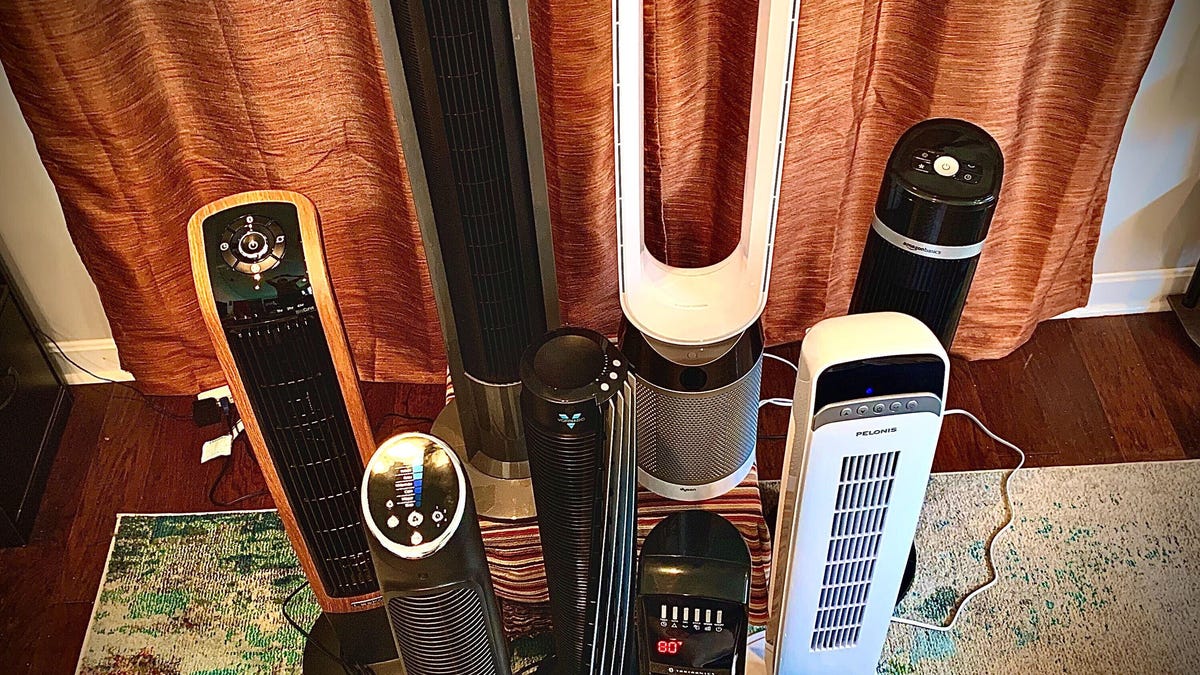For years, we at CNET Smart Home have heard the mantra "Matter will fix everything" — about the messy tangle of smart home compatibility, and the Matter connectivity standard that'll come to the rescue. That hasn't quite happened yet, largely because a fix involves a complex overhaul of existing smart home protocols from hundreds of companies. But now Apple is making a small move that could herald a massive step forward for its own entry into smart home tech.
In an interview about Matter with The Verge, Vividh Siddha, a director at Apple and president of smart-device organization the Thread Group, answered questions about interesting updates that iPhones have been getting since 2023 and the big meaning this "Thread radio" portends.
Apple and Thread get cozy
From talking fridges to iPhones, our experts are here to help make the world a little less complicated.
The Thread and Matter standards often go hand in hand, with Thread acting as a special, high-security connection for lower-power smart home devices and Matter being the "language" that passes through Thread. The problem is that most control devices (like phones, tablets or computers) can't yet connect to Thread directly and instead have to jump through Wi-Fi hoops.
Apple's recent iPhone changes — changes Google is also making to its devices — enable Thread radio frequency support. That allows iPhones, and presumably iPads and so on, to connect to smart home devices with a built-in Thread border router directly. If you have a newer iPhone. It can already do it.
Thread compatibility is the first step in extra easy smart home setup and control.
AppleWhat Thread Radio means for Apple's home plans
While this Thread support may sound a little puzzling, it enables four very important advantages for the modern smart home and Apple users:
- With Thread-enabled devices, you won't need any extra hub or even a Wi-Fi router to connect with smart home sensors, lights, locks, etc. That's both simpler and time saving.
- Thread includes a variety of security protections that make it safer to use than routing commands through Wi-Fi.
- When Thread and Matter have to get "translated" through a Wi-Fi router or similar gadget, their devices can lose functionality. That can include specific features, automations and home routine choices from apps like Apple Home. With a direct Thread connection, more automations and features are enabled.
- As long as your smart home devices have power from batteries and so on, you can still control them through a Thread connection. So if your power goes out and your Wi-Fi doesn't work, you can still open compatible smart locks and whatnot, as long as you have your iPhone with you.
Apple Home app with many devices, shown on an iPad.
AppleShould I get ready for Apple smart home devices?
Sort of. You should definitely get ready for Matter- and Thread-enabled smart devices, which will hopefully come much farther in 2025 and should have this Apple Home compatibility. But Apple has far more in store — you'll just have to wait a little.
This year, as early as the spring, expect Apple to release its first smart display, essentially a HomePod with a touch screen, designed to compete with Echo Shows and Nest Hubs as a way to control a variety of smart home devices. There are also rumors a wall-mounted smart home display will be available.
Later in 2025, reports suggest, Apple will be releasing other devices to unite its smart home ecosystem, including a HomePod Mini 2 and an upgraded Apple TV.
Next year, watch for Apple's jump into home security with its own Apple security camera. Also note that Matter compatibility has grown common on smart locks from Schlage, Lockly, Aqara and other brands, so the Apple Home app will likely be able to connect directly to the latest Thread-supported devices from those brands by this time.
The bottom line? In the coming couple of years, Apple is going to come for your smart home. It's already laid the groundwork with small changes like these, and now the company is starting to be more open about its plans for direct, simpler control from everyday devices like iPhones. We're ready to see how it plays out.









 English (US) ·
English (US) ·